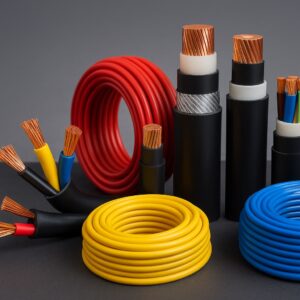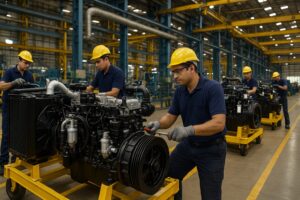Value Investing
Rain rides aluminum cycles with carbon materials; Chembond is a domestic specialty portfolio tied to infra/industrial demand; Clean Science enjoys high margins via proprietary “green” processes; Galaxy supplies sticky surfactant blends to FMCG; GFL climbs the fluoropolymer curve into PVDF/FKM. Different moats, capex needs, and cyclicality define their risk‑reward profiles.




